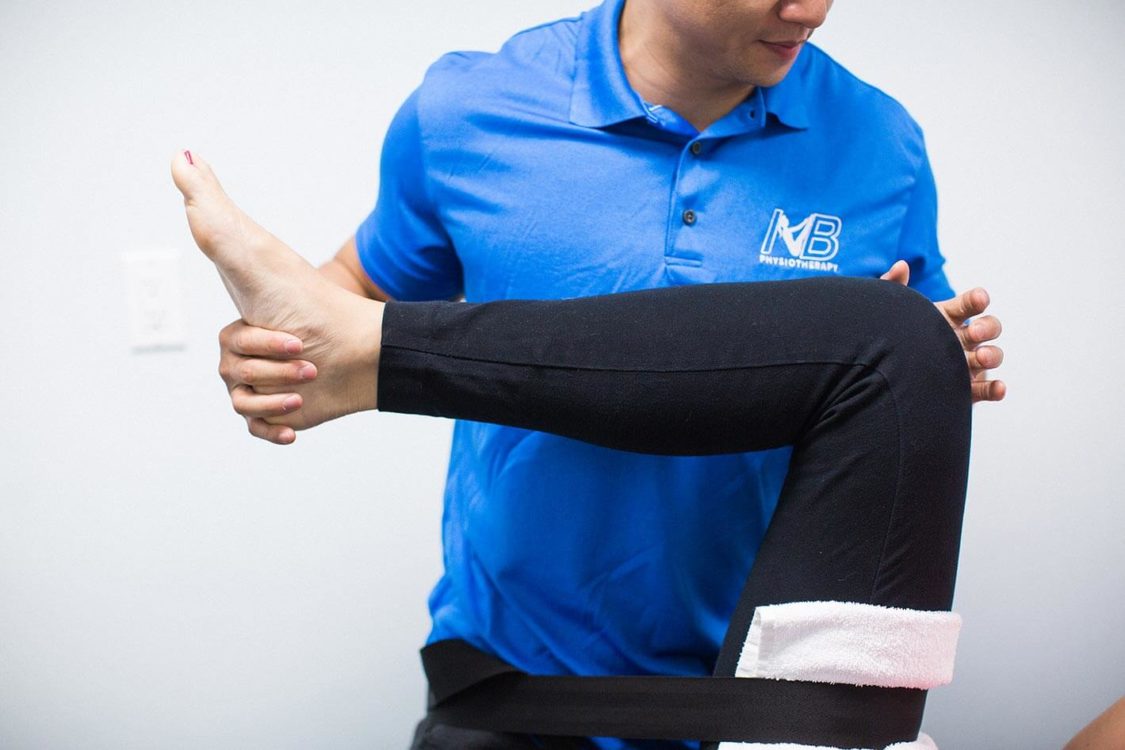At our clinic, we combine a variety of evidence-based techniques and services to help you recover from injuries, improve your physical performance, and prevent future issues. Our expert physiotherapists utilize a comprehensive approach, tailoring treatments to your specific needs.

Services
Manual Therapy
Manual therapy involves the skilled use of our hands to restore mobility and optimize the biomechanics of your joints and surrounding tissues. Our therapists employ a range of techniques, including:
- Spinal and Peripheral Joint Mobilization/Manipulation: Gentle, controlled movements to improve joint play and reduce stiffness.
- Muscle Energy Techniques: Patient-assisted stretches to lengthen tight muscles and improve joint function.
- Myofascial Release: Targeting and releasing tension in the fascial system, which surrounds muscles and organs.
- Soft Tissue Mobilization: Direct pressure and stretching to address muscle knots, adhesions, and scar tissue.
- Neural Mobilization: Techniques to improve the movement and health of nerves.
These hands-on approaches are highly effective for treating both sports injuries and a wide variety of orthopedic conditions.
Exercise Therapy with MPR (Motor Pattern Retraining)
Exercise therapy is fundamental to successful rehabilitation. We focus on retraining your muscles to properly support your joints, optimizing their function and performance. This includes:
- Strength Training: Building muscle power and endurance.
- Flexibility: Improving range of motion and tissue extensibility.
- Coordination: Enhancing the smooth and efficient interplay of muscles.
- Proprioception: Improving your body’s awareness of its position in space.
- Postural Alignment: Correcting movement strategies to achieve optimal posture.
By focusing on these areas, we ensure your body is in the best possible shape to return to pre-injury activities and sports. Prevention is also a key focus; a functional assessment or advice before starting a new activity can help identify and address potential problems proactively.
Core stability training
Core stability training targets the deep muscles located between your diaphragm and pelvic floor. Retraining the endurance and activation of these crucial muscles is essential for supporting your lumbar spine and pelvis. Good core support is vital for improving lumbar spine function, movement, and effectively treating lower back pain.
Our core training focuses on key muscles such as the transversus abdominis, multifidus, pelvic floor, and diaphragm. This makes core stability training an integral part of both orthopedic and sports physiotherapy treatments, and a key component of our overall exercise therapy approach.
Advanced Movement Assessments
Selective Functional Movement Assessment (SFMA)
The Selective Functional Movement Assessment (SFMA) is a systematic method for analyzing seven fundamental movement patterns often linked to musculoskeletal pain. This assessment helps us pinpoint whether the cause of your symptoms is a mobility issue (lack of flexibility) or a stability/motor control issue (poor muscle coordination). The SFMA is invaluable for:
- Injury Prevention: Screening your movements before starting an exercise program.
- Targeted Treatment: Ensuring the correction of all movement patterns for long-standing problems.
The Functional Movement Screen (FMS)
The Functional Movement Screen (FMS) is an innovative tool that evaluates your body’s overall movement quality. It not only quantifies how well you move but also identifies any limitations or imbalances in your basic movement patterns. During an FMS, your therapist will guide you through seven fundamental movements that challenge your mobility and stability. We’ll then discuss your results and provide targeted solutions to address any identified issues, ultimately leading to improved performance.
Therapeutic modalities
We incorporate various therapeutic modalities to help decrease pain and inflammation, thereby enhancing the healing process. These may include:
- Interferential Current (IFC)
- Transcutaneous Electrical Nerve Stimulation (TENS)
- Muscle Stimulator
- Ultrasound Therapy
Mechanical Traction
When appropriate, mechanical traction is used to gently decompress the discs and joints in your cervical (neck) and lumbar (lower back) spine. This can effectively relieve pain caused by excessive joint or nerve compression.
Acupuncture
Acupuncture is a physiotherapy modality used to promote natural healing and reduce pain. It involves the precise insertion of fine needles into specific points on the body. These points are determined through a thorough physiotherapy assessment to identify the root cause of your pain. This approach, known as Anatomical Acupuncture, is practiced by Western-trained therapists at our clinic, who are certified through the Acupuncture Foundation of Canada Institute. Acupuncture is believed to work by stimulating the release of endorphins, the body’s natural pain-blocking hormones, which helps restore biochemical balance and enhance the body’s innate healing ability.
Vestibular Rehabilitation
Vestibular rehabilitation is a specialized therapy designed to address a variety of symptoms and conditions related to the vestibular system, which controls balance and spatial orientation.
Common conditions and symptoms that can benefit from Vestibular Therapy include:
- Generalized dizziness and/or blurry vision with head movement
- Vertigo/Spinning sensations
- Neck tightness, stiffness, and/or pain
- Vestibular Disorders
- Post-Concussion Syndrome
- Balance issues
- Whiplash Injuries
- Neck-Related Dizziness
- Sensory Integration Dysfunctions
- Ménière’s disease complications
- Stroke-related balance impairments
Intramuscular Stimulation (IMS)
While sharing some similarities with acupuncture, Intramuscular Stimulation (IMS) involves inserting fine needles directly into shortened, taut muscles. The goal is to release this muscle tension, thereby alleviating pressure on compressed nerve structures. IMS is a powerful tool we utilize to improve biomechanics and restore optimal function.
Education
We believe that education is a cornerstone of effective rehabilitation. Knowing what to do, and when to do it, significantly improves the speed and quality of healing for musculoskeletal injuries. Our therapists will thoroughly explain your injury, answer all your questions, and empower you to become an active and informed participant in your recovery journey.
Sports Therapy
Sports physiotherapy provides targeted treatment for sports injuries. This begins with a detailed biomechanical assessment to accurately determine the nature of your injury, whether it’s from a traumatic acute onset, repetitive overuse, or post-surgical rehabilitation. We correct biomechanical faults through a combination of:
- Manual Therapy: Hands-on techniques to restore movement.
- Specific Exercise Prescription: Tailored exercises to address your unique needs.
- Movement Pattern Retraining: Re-educating your body to move efficiently and safely.
This comprehensive approach helps balance your body and facilitates a successful return to sport.
Athletic Taping
Athletic taping is a versatile technique used to provide support, improve alignment, and enhance stability to surrounding tissues. We utilize a variety of tape types to facilitate recovery and optimize performance. Athletic taping has diverse applications, such as stabilizing an ankle for a soccer game, supporting the upper back for postural correction, or providing support for a knee ligament strain.
Pre-Natal and Post-Partum Rehabilitation
The female body undergoes significant changes during pregnancy and the post-partum period.
Pre-Natal Care
During the pre-natal stage, ligaments become more lax and postural alignment shifts to accommodate the growing fetus. This can lead to various symptoms, including:
- Low back pain
- SI joint pain
- Round ligament pain
- Sciatica
- Joint instability
- Pelvic floor muscle dysfunction
Physiotherapy during this time focuses on improving alignment and core stability to reduce pain, enhance function, and prevent further injury. We also provide beneficial preventative exercises to strengthen the body in preparation for labor.
Post-Partum Care
In the post-partum period, physiotherapy helps condition the body for the physical demands of repetitive lifting, carrying, and breastfeeding postures.
Post-Operative Mastectomy Care
Following a mastectomy, restriction in shoulder range of motion can occur due to excessive scar tissue formation at the incision site. When the body produces too much scar tissue, it can adhere to surrounding soft tissues like muscle, skin, and tendons, limiting shoulder mobility.
Additionally, lymphatic cording (also known as axillary web syndrome) can develop due to excessive scar tissue within the lymphatic vessels, further contributing to shoulder movement restrictions.
Our physiotherapy treatment for post-operative mastectomy care includes:
- Scar Mobilization: Techniques to soften and release scar tissue.
- Manual Therapy Stretching: Hands-on stretching to improve flexibility.
- Range of Motion Exercises: Specific movements to restore shoulder mobility.
- Self-Stretches: Instructions for home exercises to increase flexibility and prevent further restrictions.

